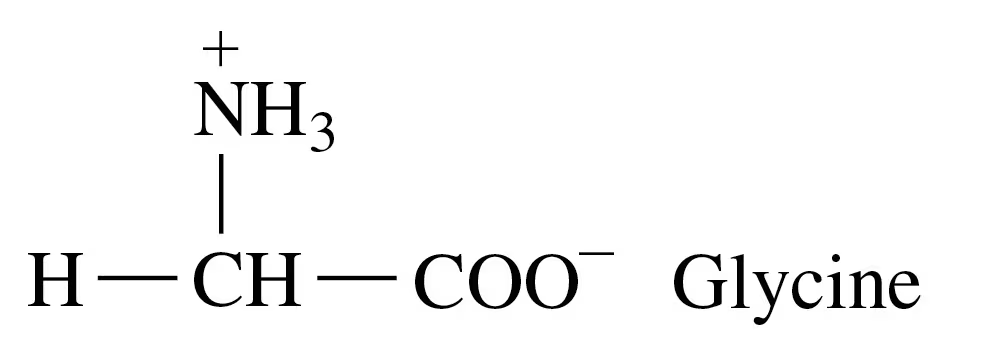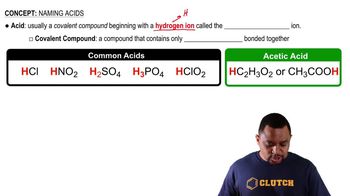What is the structure of the ⍺-keto acid formed from transamination of the following amino acids?
a. Glutamic acid

 Verified step by step guidance
Verified step by step guidance Verified video answer for a similar problem:
Verified video answer for a similar problem:



 2:21m
2:21mMaster Amino Acid Catabolism: Amino Group Concept 1 with a bite sized video explanation from Jules
Start learning